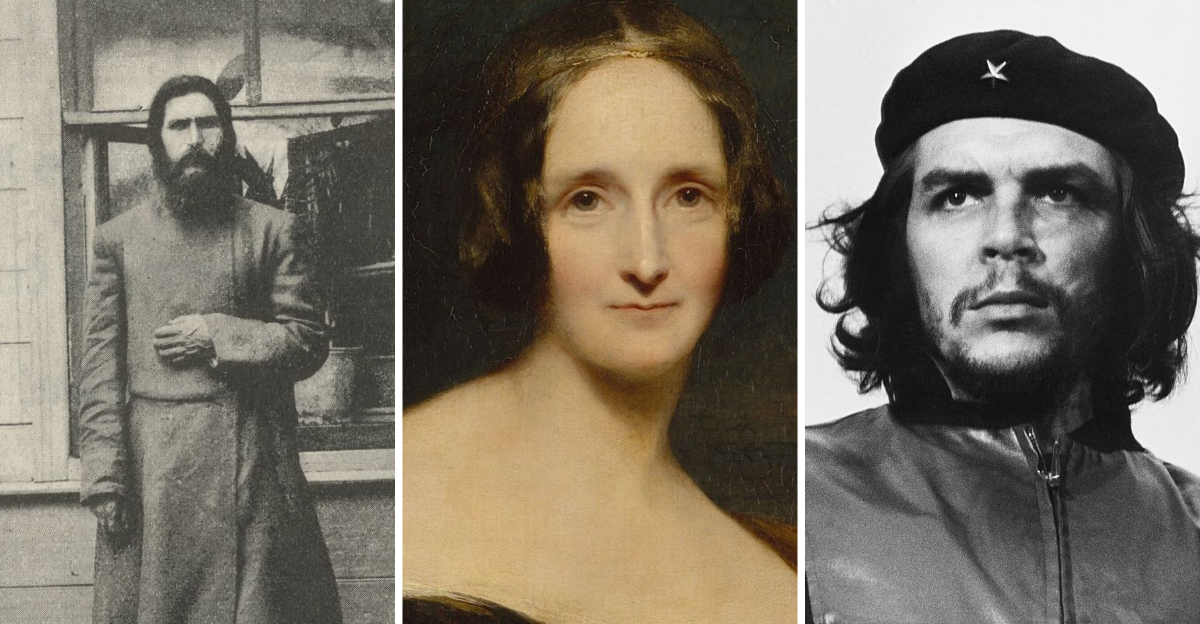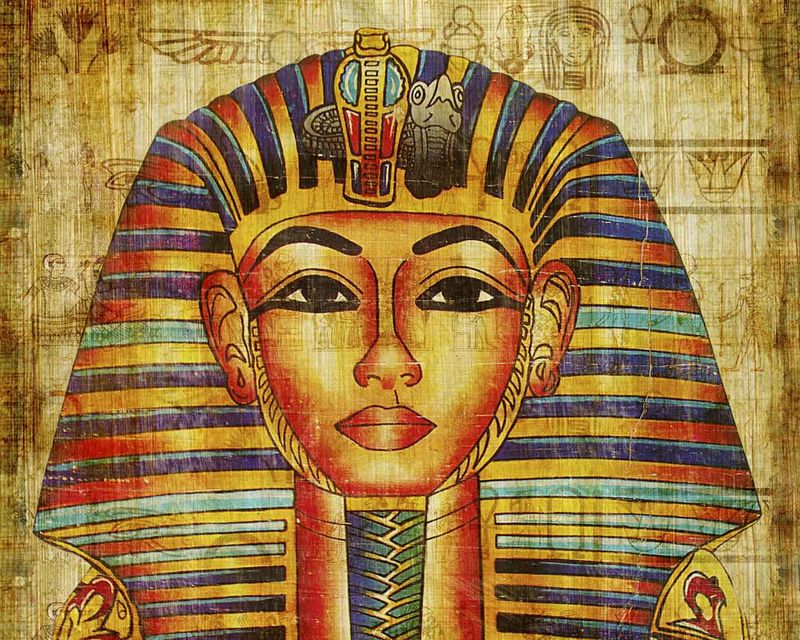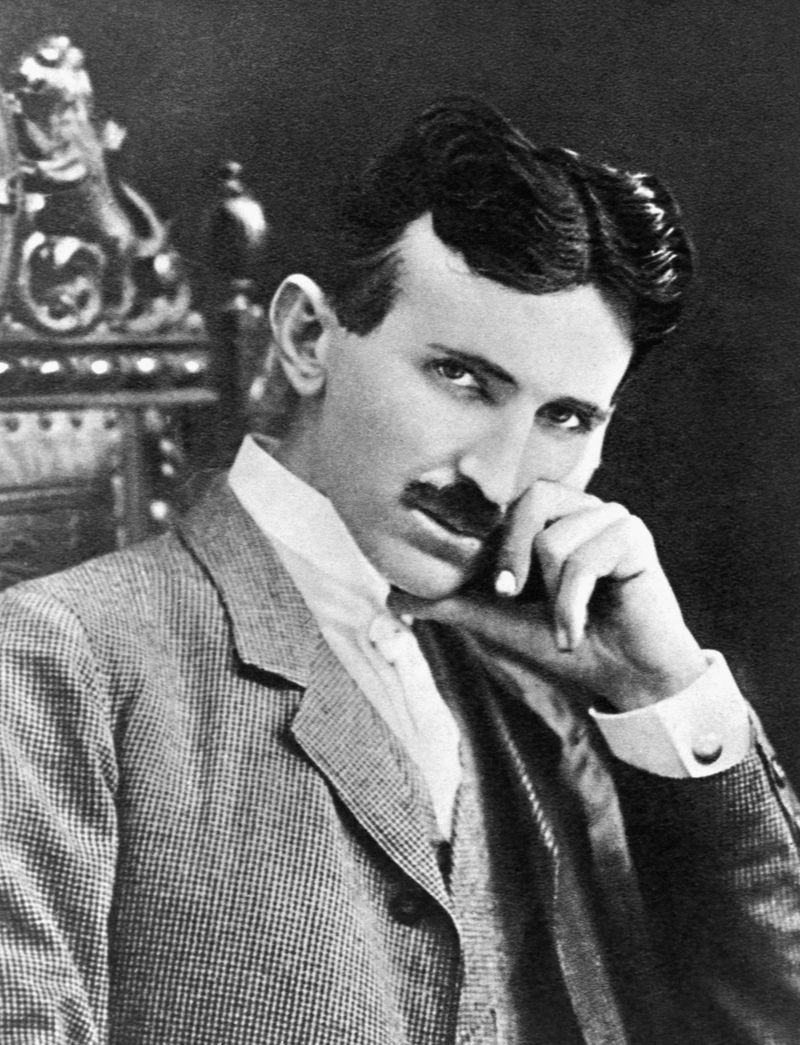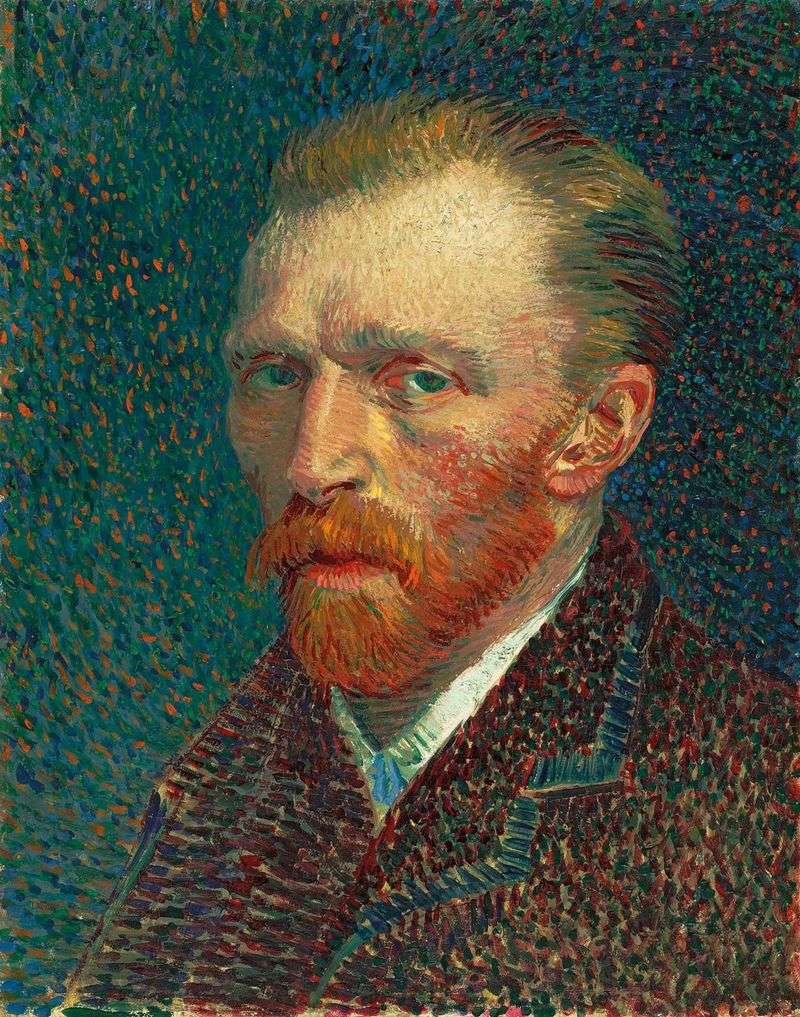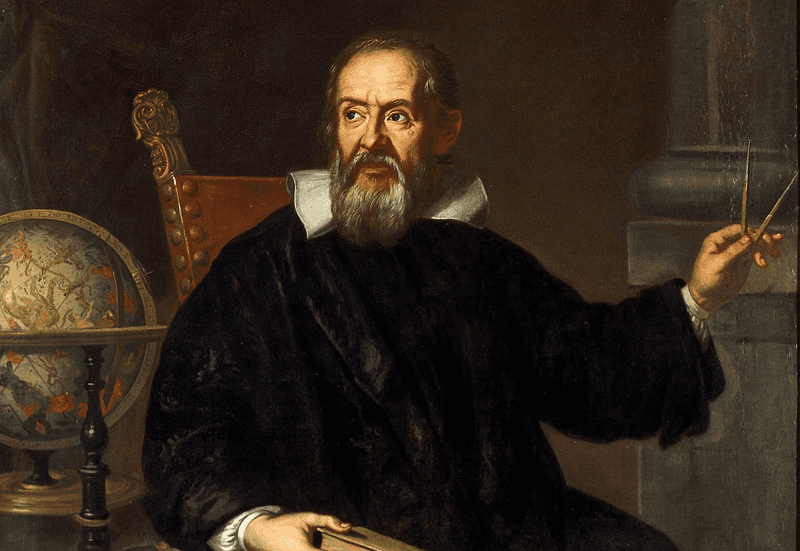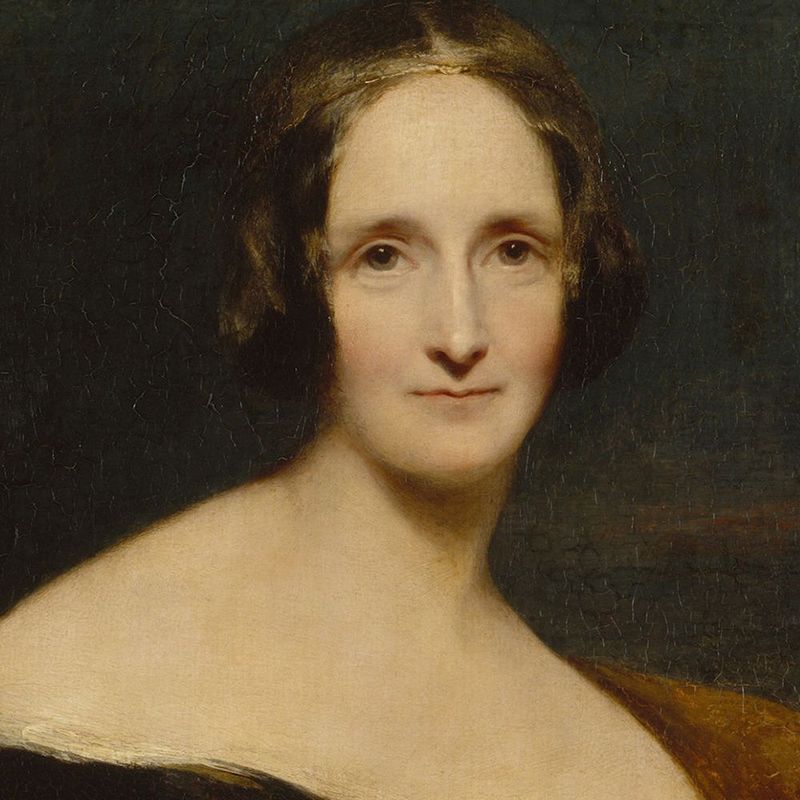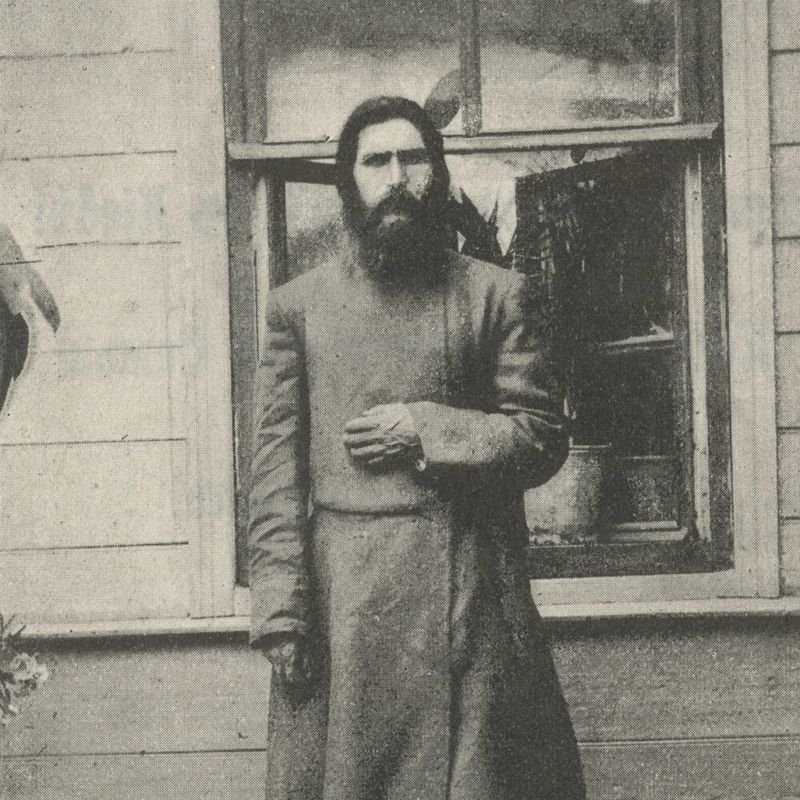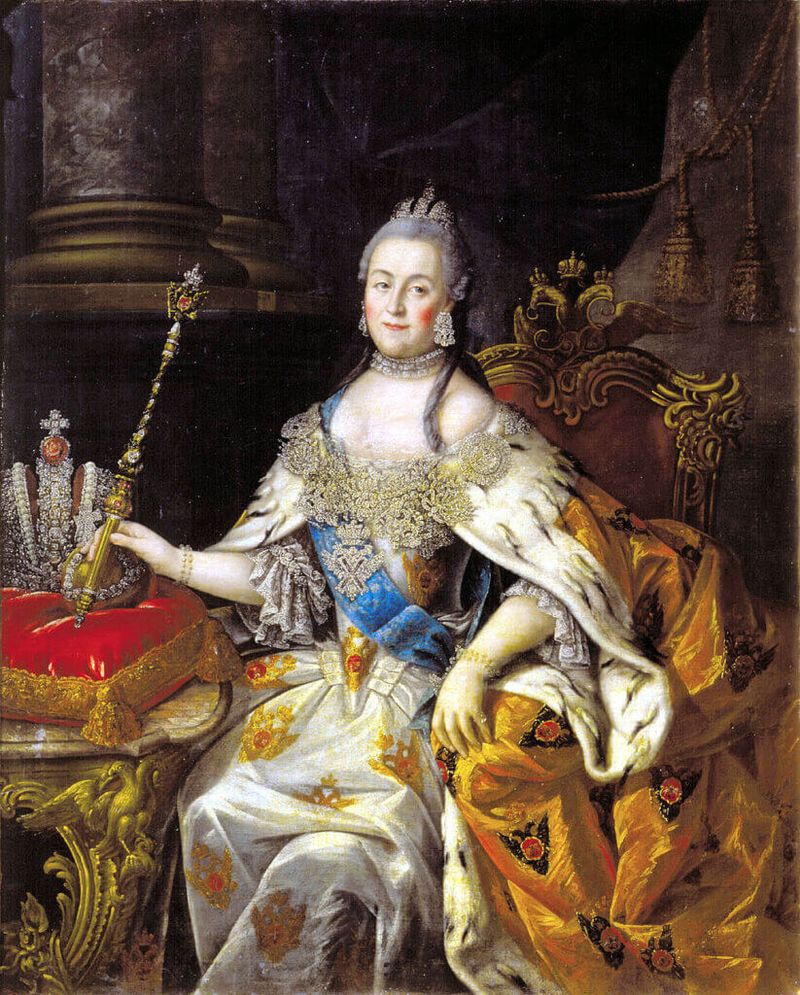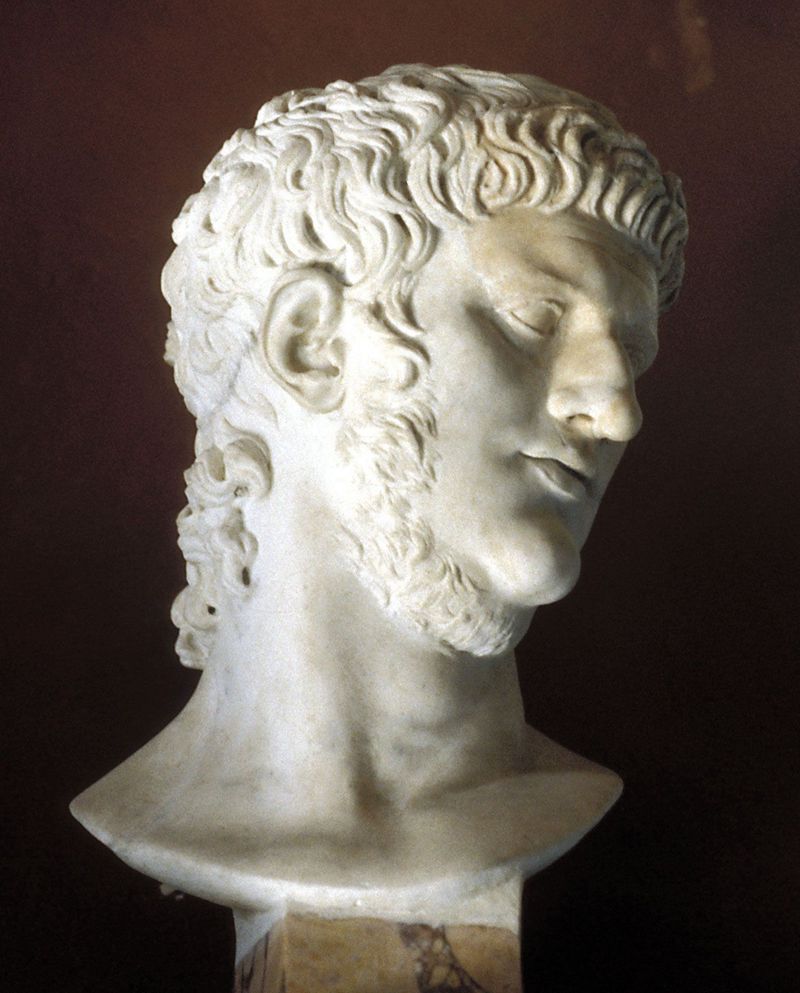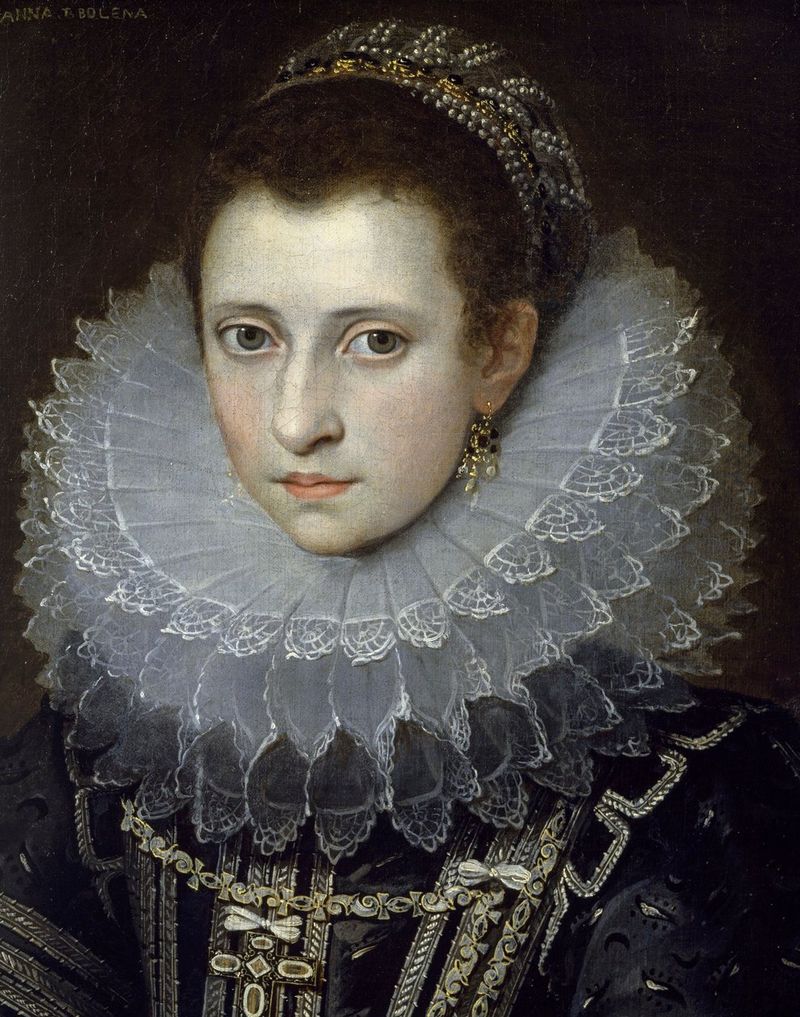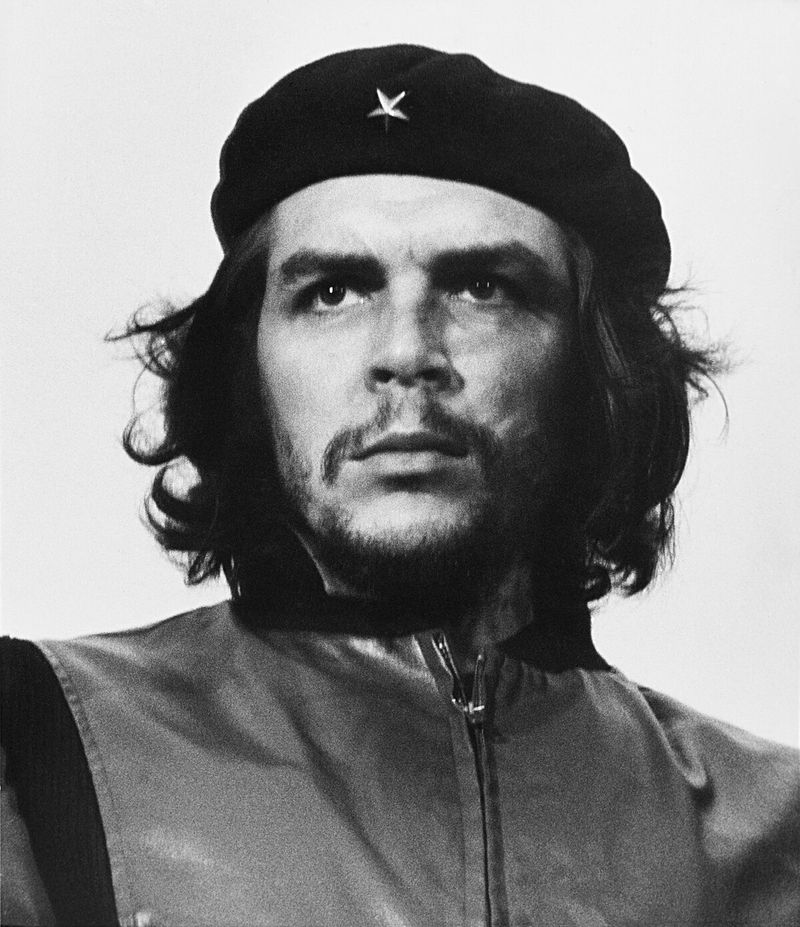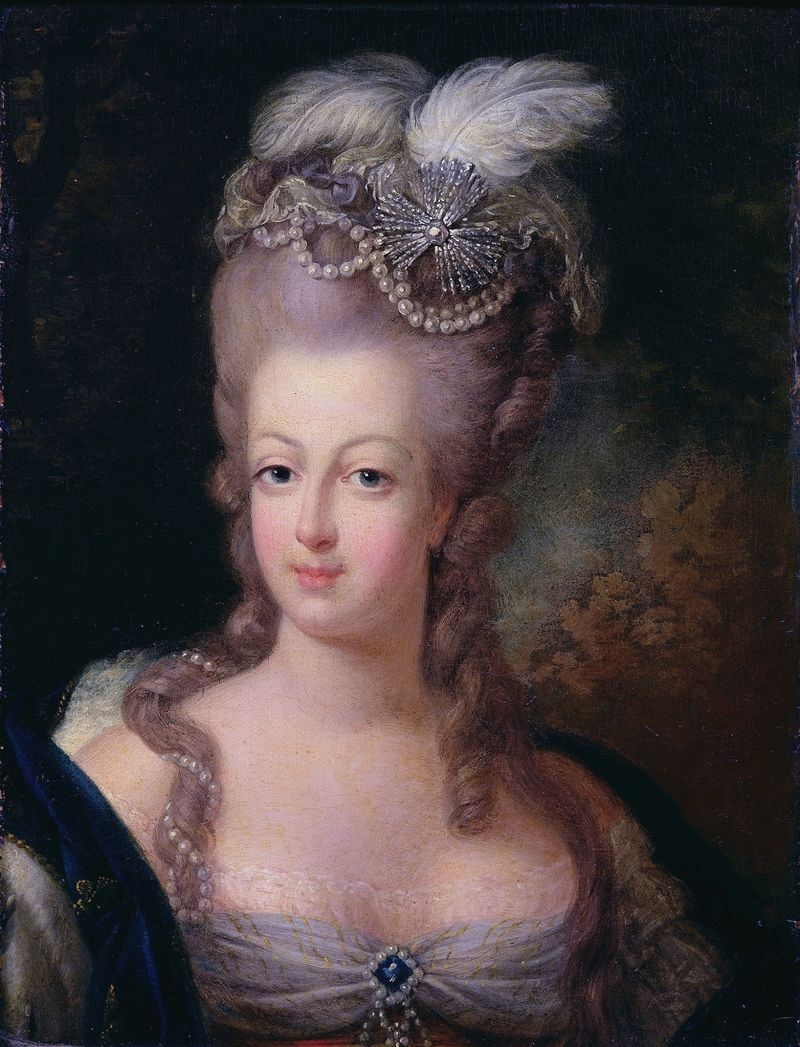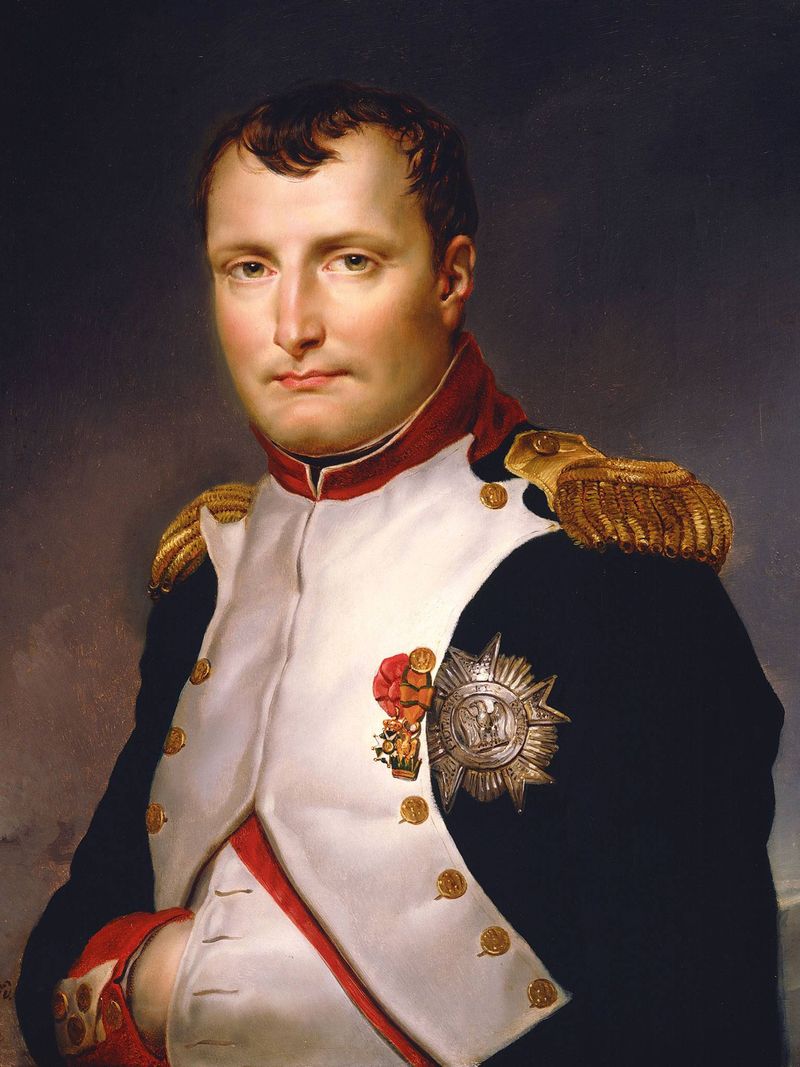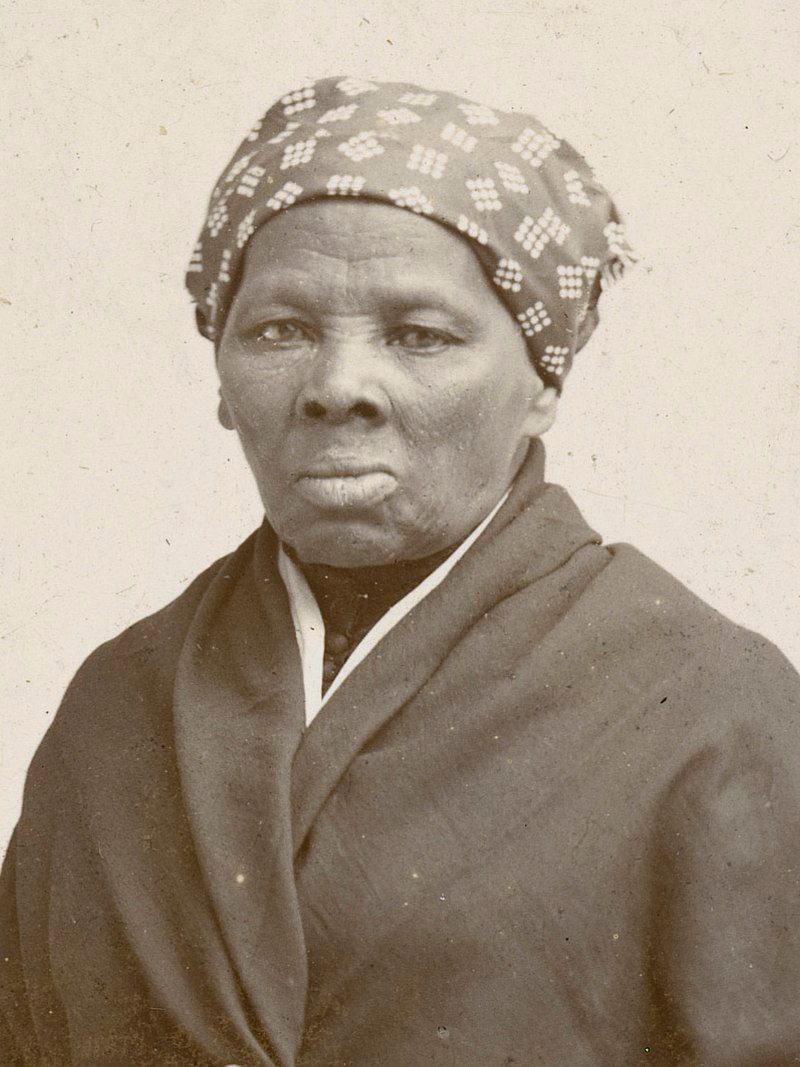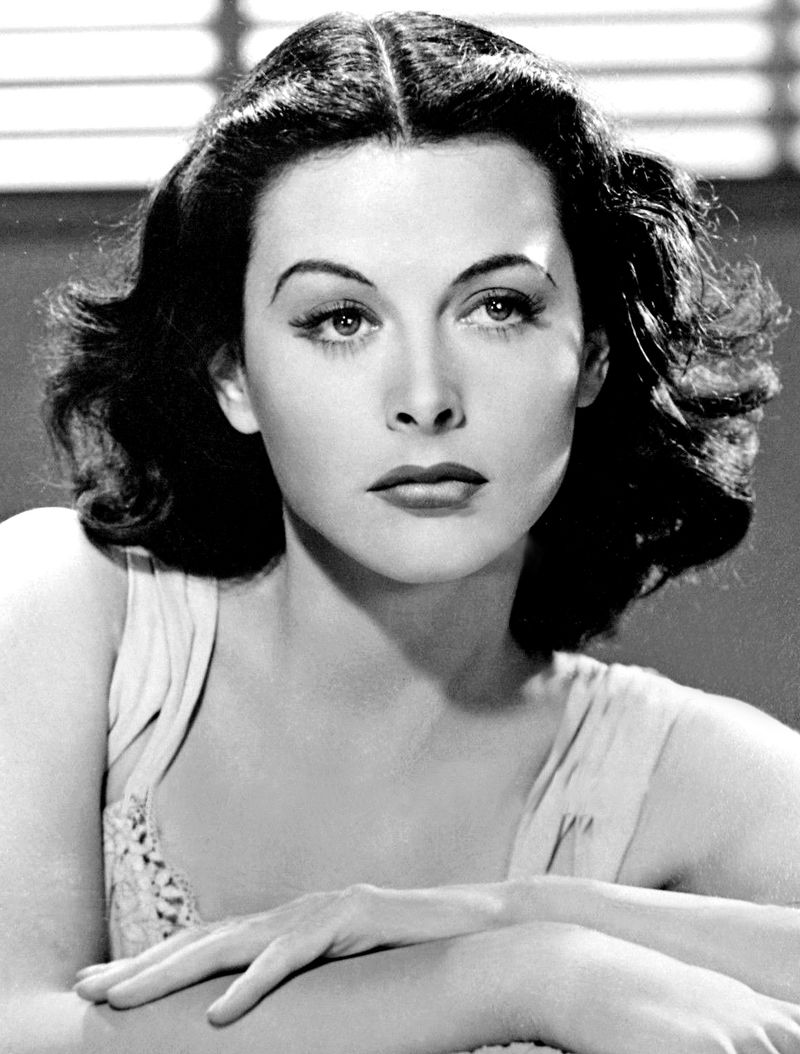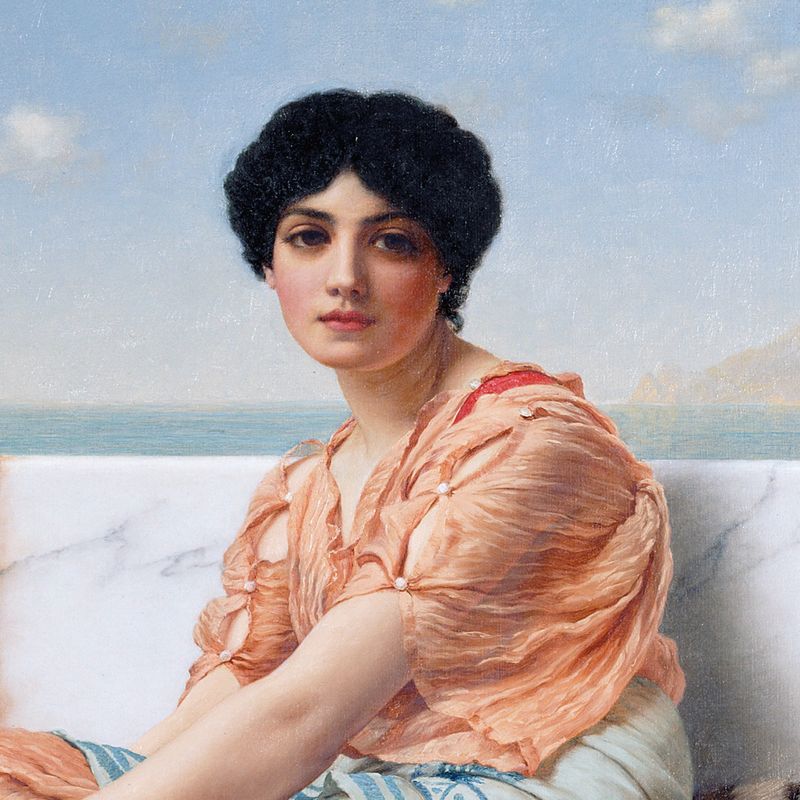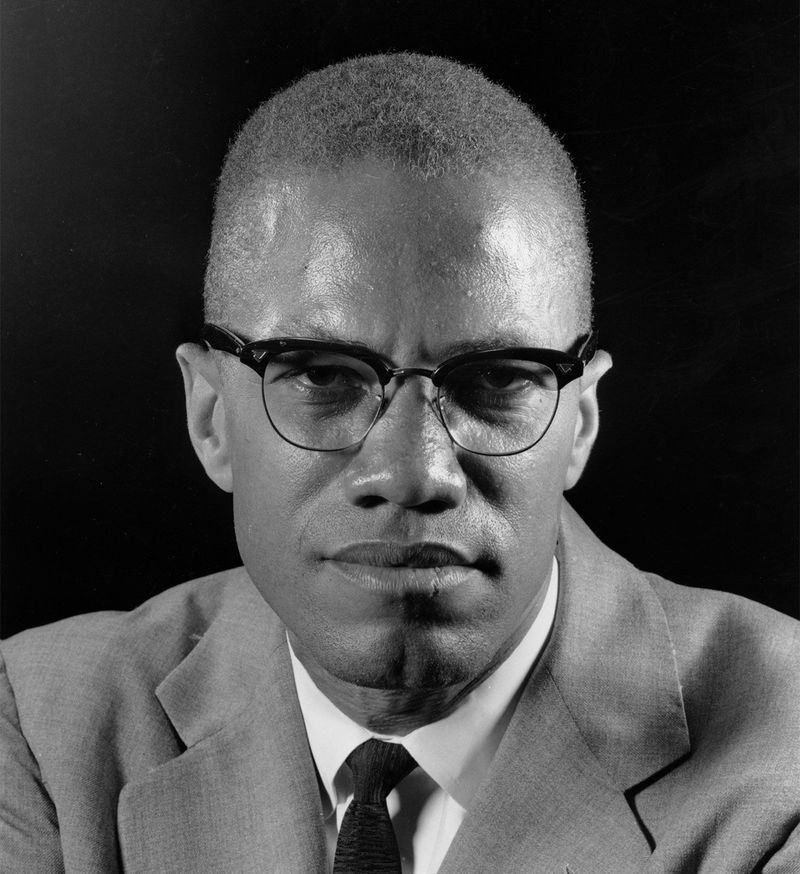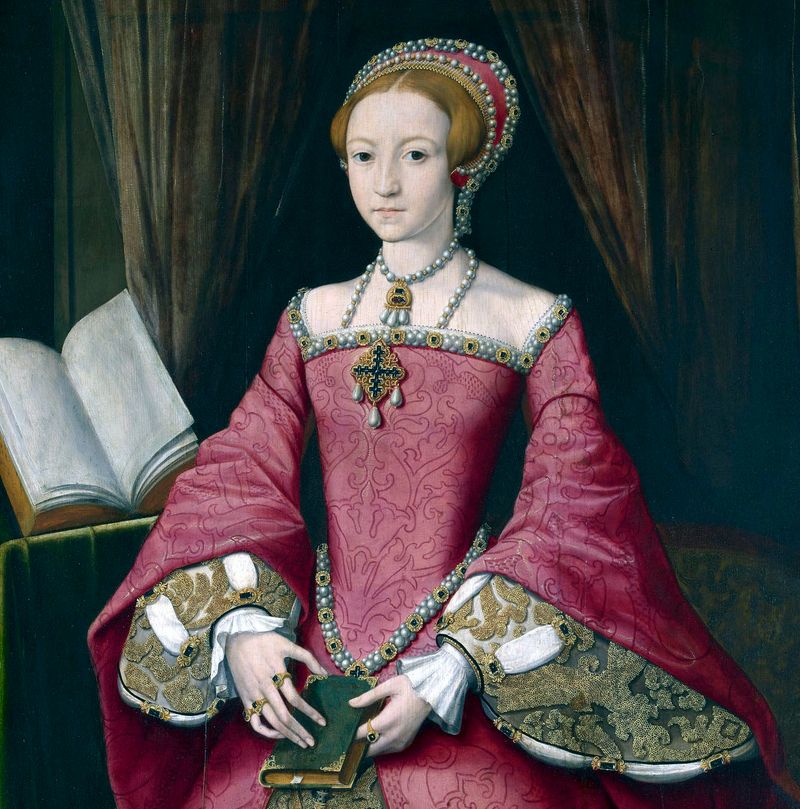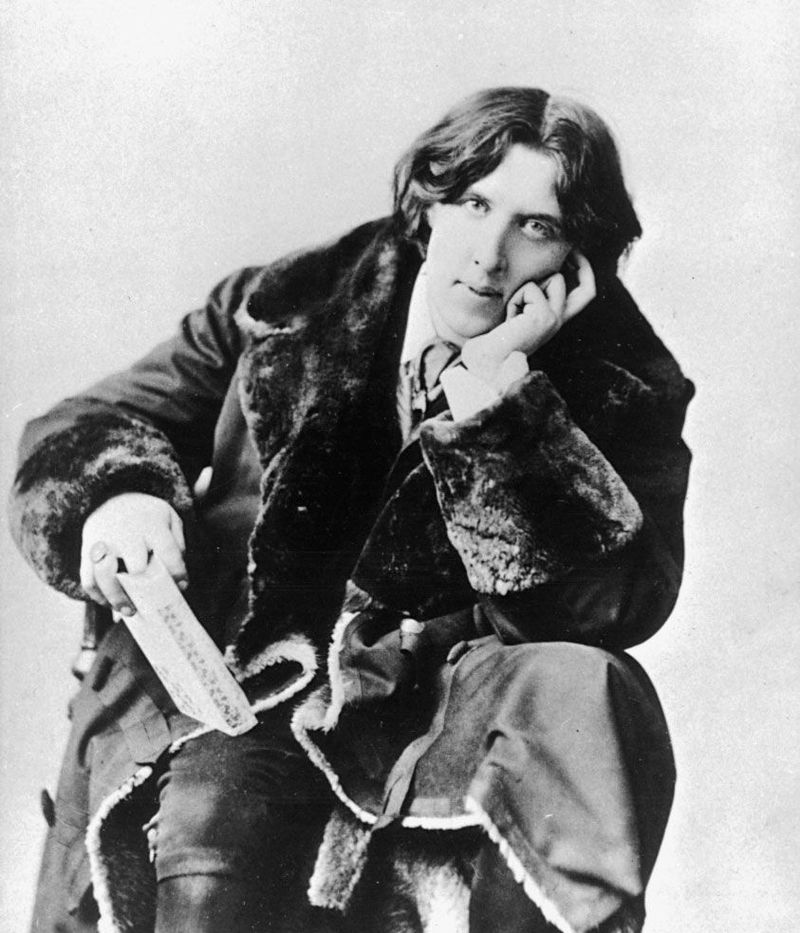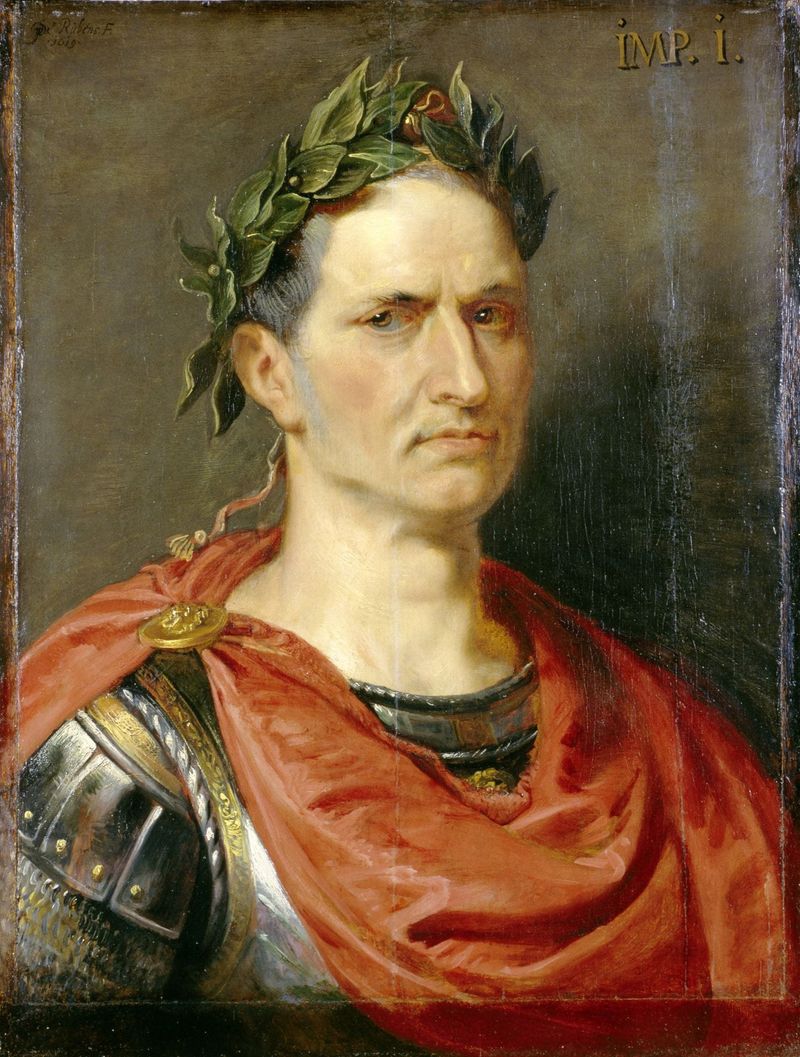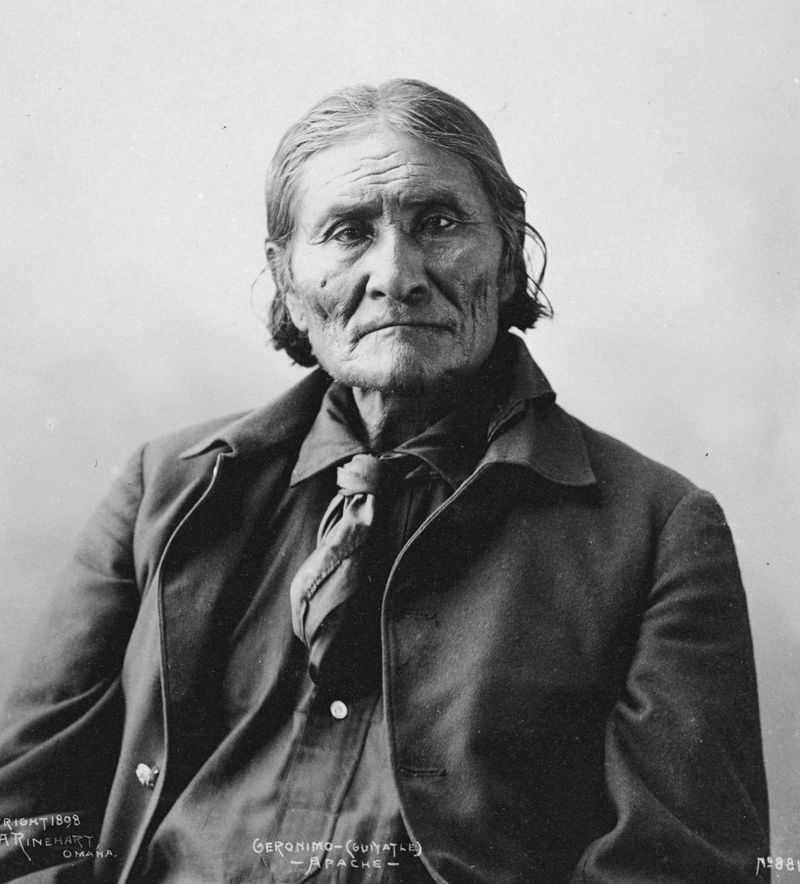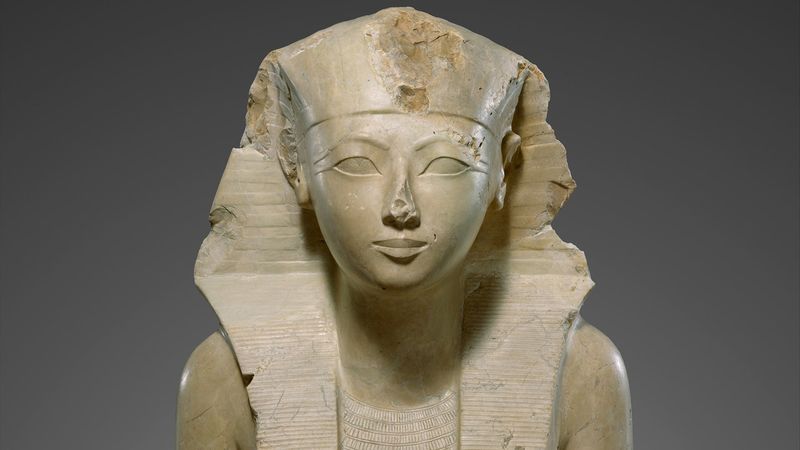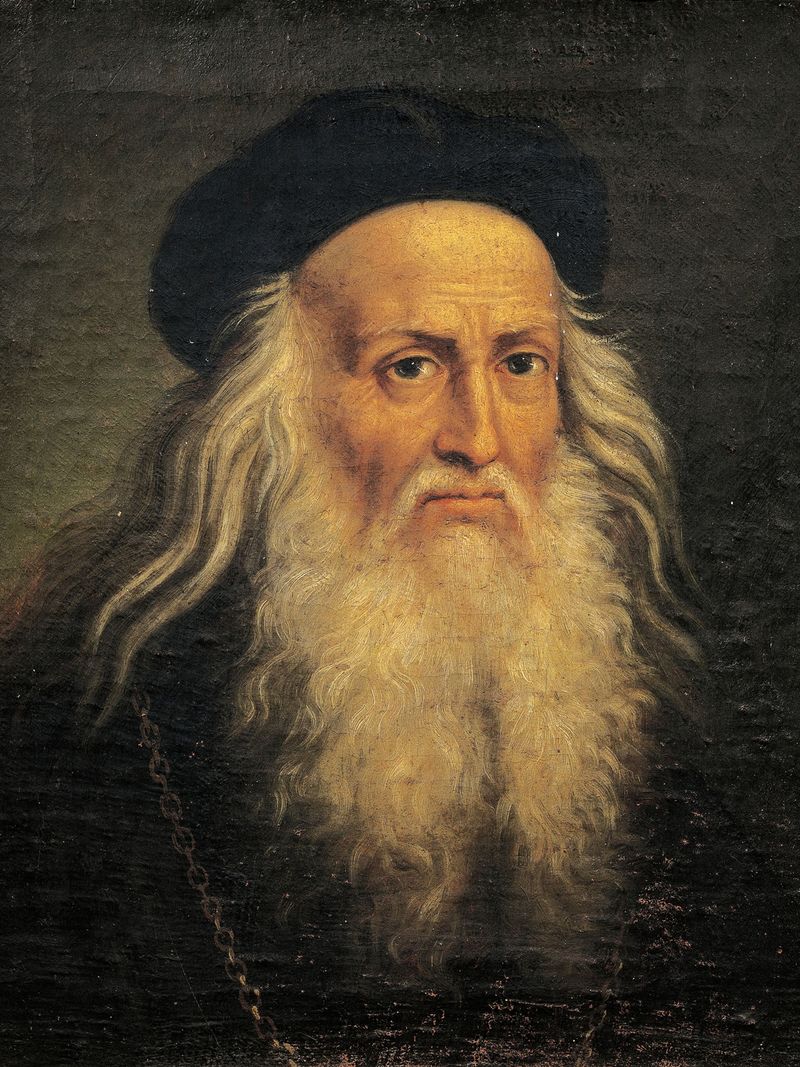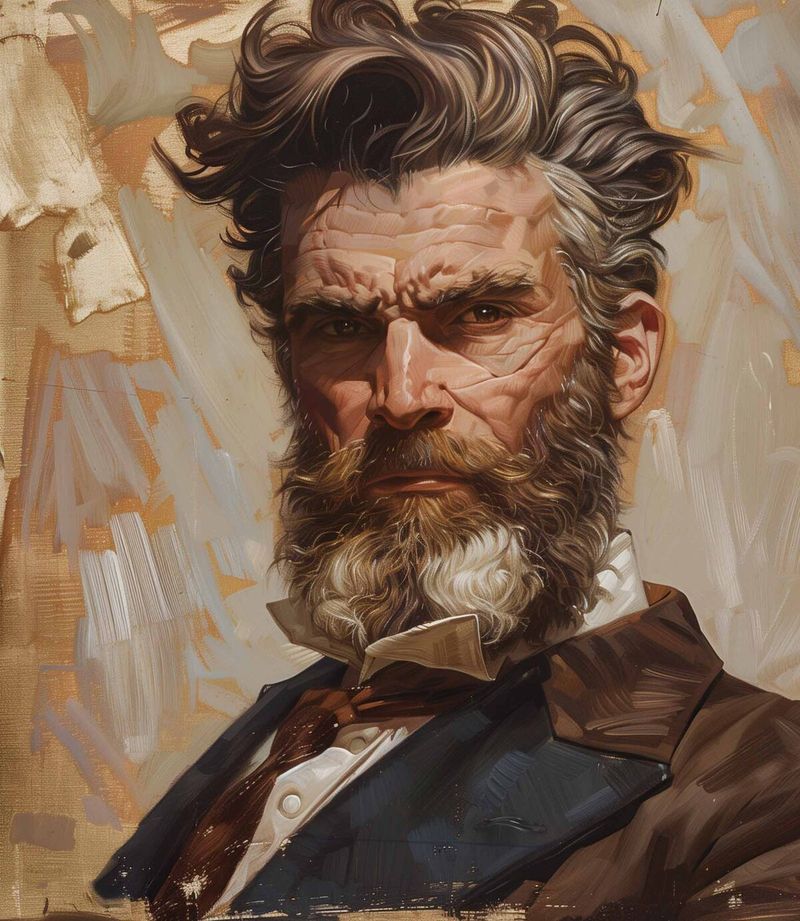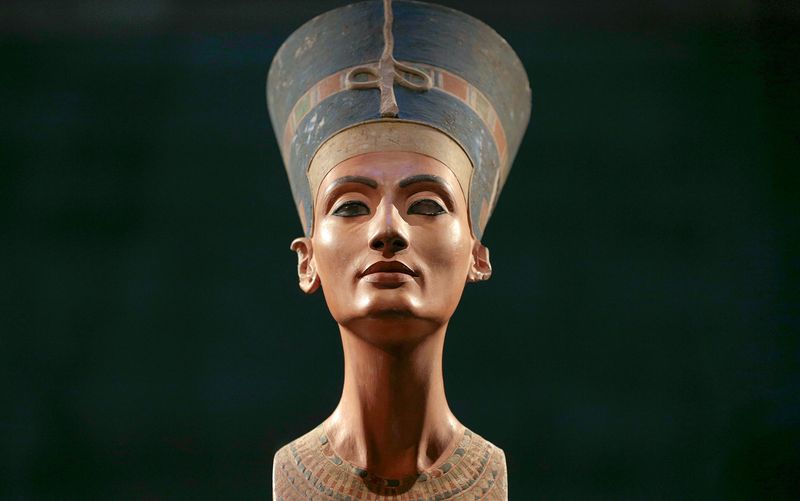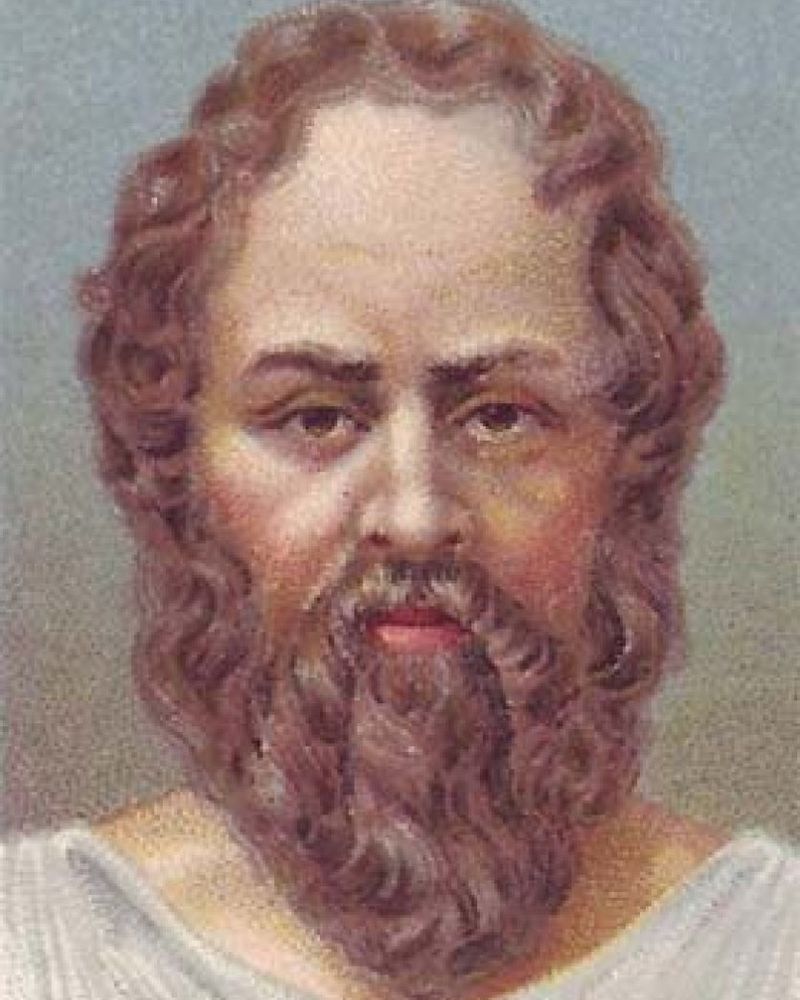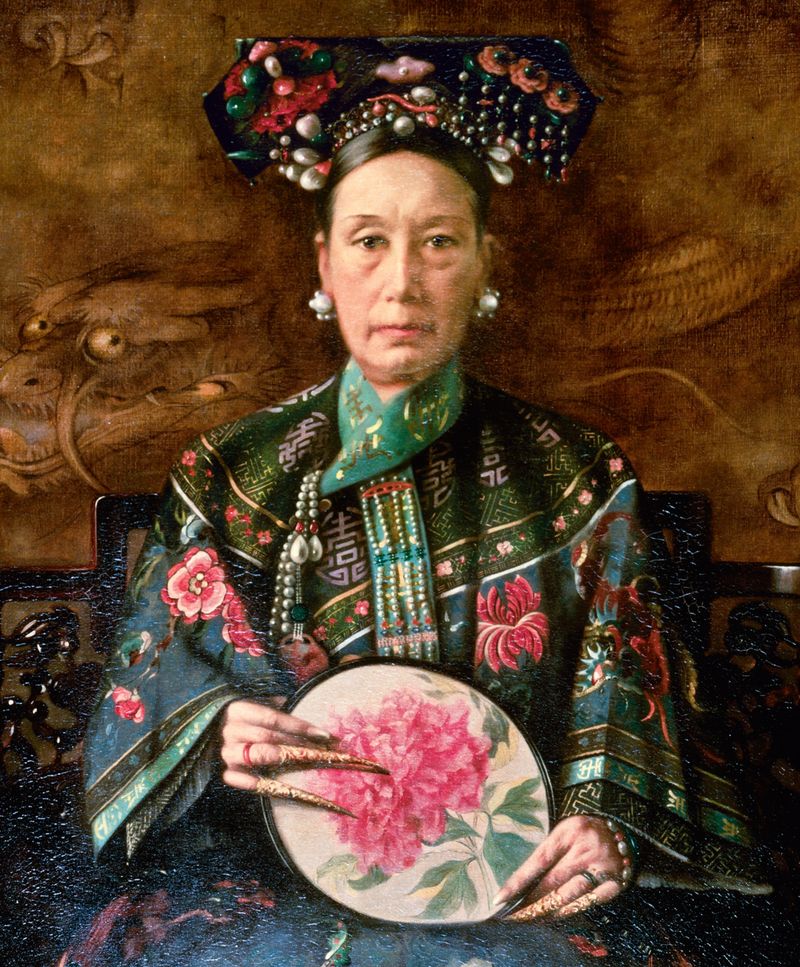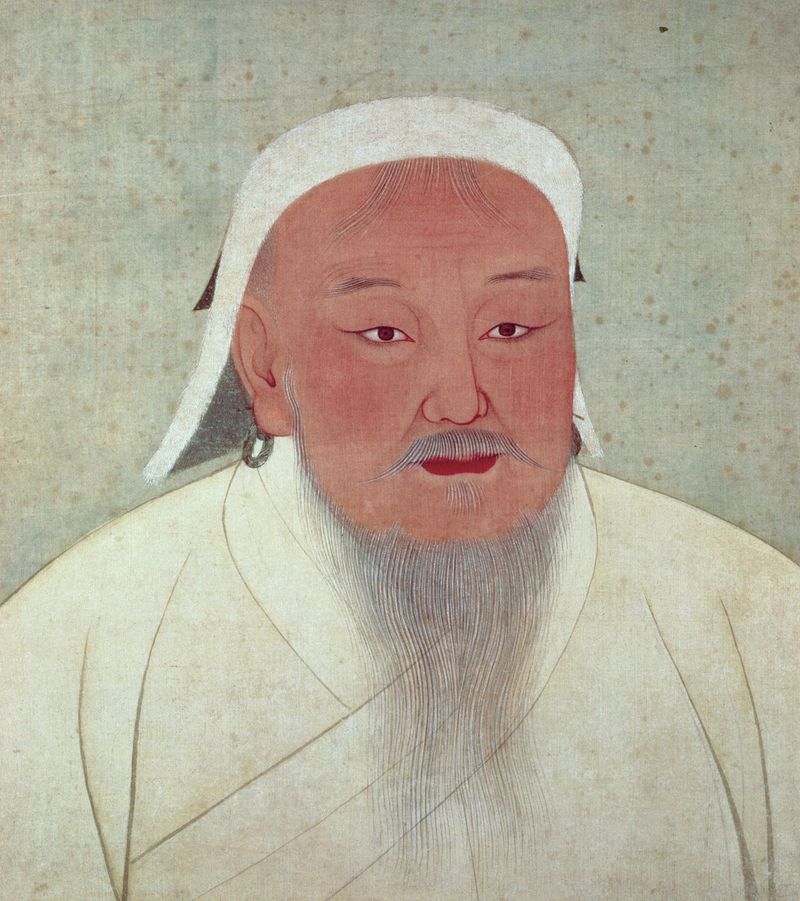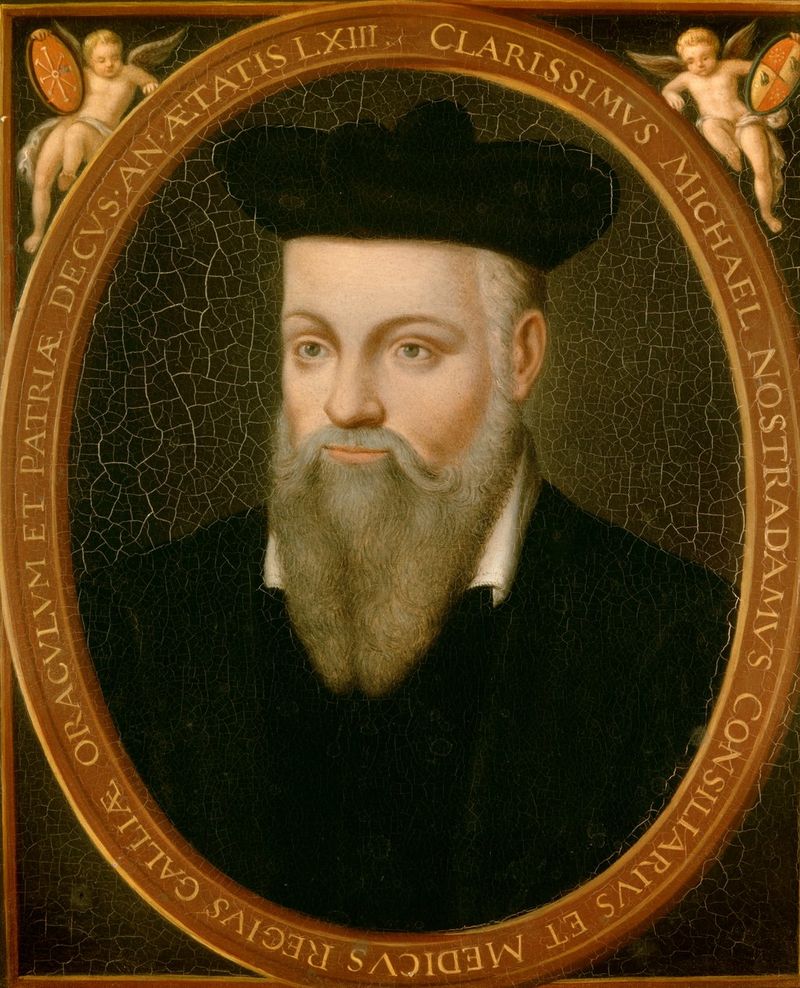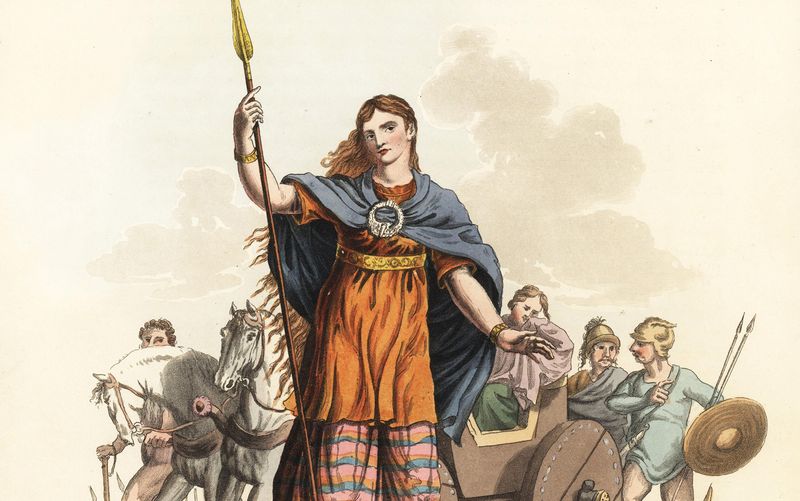History is filled with fascinating individuals whose stories have often been misunderstood or misrepresented.
In this blog post, we explore 30 historical figures who have been perceived inaccurately, shedding light on their true contributions and experiences.
From leaders to artists and scientists, these individuals have played significant roles in shaping the world, yet their stories remain clouded by misconceptions.
Join us as we unravel the complexities of these misunderstood figures, offering a fresh perspective on their lives and legacies.
1. Cleopatra
Cleopatra VII, often depicted as a mere seductress, was much more than her relationships with Julius Caesar and Mark Antony. She was a shrewd politician and a learned scholar, fluent in multiple languages.
Cleopatra ruled as a co-regent of Egypt, effectively navigating the treacherous waters of Roman politics. Her reign was characterized by a strategic blend of diplomacy and military might.
Despite her efforts to preserve Egypt’s independence, history has often reduced her to mere personal affairs. Understanding her full legacy requires acknowledging her as a powerful leader and a cultural icon of her time.
2. Nikola Tesla
Nikola Tesla, often overshadowed by Thomas Edison, was a visionary inventor who contributed immensely to the development of alternating current (AC) electricity.
His work laid the foundation for modern electric power systems, yet he struggled to gain the recognition he deserved during his lifetime. Tesla held over 300 patents and was driven by a desire to harness renewable energy sources.
Despite his groundbreaking innovations, Tesla died penniless, with many of his ideas unacknowledged. Today, he is celebrated not only for his technical brilliance but also for his forward-thinking vision and commitment to improving the world.
3. Joan of Arc
Joan of Arc, the young French peasant girl who became a national heroine, is often viewed through the lens of martyrdom. At nineteen, she led French forces to several crucial victories during the Hundred Years’ War.
conviction was rooted in divine visions, which guided her leadership. Captured and tried for heresy, her trial was politically motivated and led to her execution.
Often remembered as a saint, Joan was also a strategic military leader whose legacy goes beyond her religious fervor. Her life symbolizes courage, faith, and the power of unwavering belief in one’s purpose.
4. Vincent van Gogh
Vincent van Gogh, now hailed as a master artist, was largely unappreciated during his lifetime. Struggling with mental health, van Gogh’s work was misunderstood and received little praise.
His unique style, characterized by bold colors and emotive brushwork, was ahead of its time. Van Gogh created over 2,000 artworks, with only a few sold while he was alive. Despite his struggles, his passion for art never waned.
Today, van Gogh is celebrated for his profound influence on modern art. His life story is a testament to the enduring power of creativity and the importance of perseverance.
5. Galileo Galilei
Galileo Galilei, often dubbed the “father of modern science,” faced significant opposition for his groundbreaking astronomical discoveries.
His support for the heliocentric model, which placed the sun at the center of the universe, contradicted the prevailing geocentric views of the time. This stance led to a trial by the Inquisition and house arrest.
Despite these challenges, Galileo’s observations laid the foundation for modern physics and astronomy.
His legacy as a pioneer of the scientific method outweighs the controversy he faced. Galileo’s life exemplifies the courage to challenge established norms and pursue truth.
6. Mary Shelley
Mary Shelley, best known for her novel “Frankenstein,” was a literary pioneer whose work transcended its genre. At just eighteen, she penned a story that questioned the ethics of scientific exploration and the human condition.
Shelley’s life was marked by personal tragedy and intellectual rigor. Her novel, initially published anonymously, challenged societal norms and sparked debates that continue today.
Often overshadowed by her famous husband, Percy Bysshe Shelley, Mary was a formidable writer in her own right. Her contributions to literature, especially in the realm of science fiction, have earned her a lasting legacy.
7. Rasputin
Grigori Rasputin, the Russian mystic and confidant to the Romanov family, has been subject to much myth and speculation. Seen by some as a healer and others as a manipulator, Rasputin’s influence over Tsarina Alexandra was significant.
His presence in the royal court was controversial, contributing to the growing distrust of the monarchy.
Despite tales of debauchery and political meddling, Rasputin’s life was more nuanced; he was a man deeply connected to his faith and the Russian peasantry.
Understanding Rasputin requires separating fact from fiction, recognizing both his influence and the misconceptions that fuel his legend.
8. Catherine the Great
Catherine the Great, Empress of Russia, was a formidable ruler whose reign was often marred by scandalous rumors. Her contributions to Russian culture, politics, and expansion were substantial.
Under her rule, Russia experienced a cultural renaissance; she corresponded with Enlightenment thinkers and reformed Russian institutions. Despite her successes, her personal life often overshadowed her achievements.
Catherine’s reign is remembered for modernizing Russia and expanding its borders, but also for the myths surrounding her personal affairs. Her story is one of power, ambition, and the enduring impact of female leadership in a patriarchal society.
9. Emperor Nero
Emperor Nero, often vilified as a tyrant, was a complex figure with a passion for arts and culture. His rule over Rome saw significant architectural development and artistic patronage.
However, his reign was also marked by political turmoil and accusations of extravagance. The Great Fire of Rome in 64 AD, which Nero allegedly “fiddled” through, continues to shadow his legacy.
While his leadership had faults, Nero’s contributions to Roman culture were notable. Understanding Nero involves looking beyond the tales of tyranny to appreciate his multifaceted personality and the lasting impact of his cultural investments.
10. Anne Boleyn
Anne Boleyn, the second wife of King Henry VIII, has often been misunderstood as merely an ambitious social climber. Her marriage to Henry led to the English Reformation, a monumental shift in religious power.
Anne was an educated and influential queen who played a pivotal role in promoting Protestantism. Her fall from grace, resulting in her execution, was steeped in political intrigue and betrayal.
Despite her controversial life, Anne’s legacy endures through her daughter, Queen Elizabeth I, and her contributions to religious and cultural transformations in England. Her story is one of ambition, love, and tragedy.
11. Che Guevara
Ernesto “Che” Guevara, a key figure in the Cuban Revolution, is often polarized as either a revolutionary hero or a violent insurgent. His image has become a global symbol of rebellion.
Che advocated for social justice and fought against imperialism, but his methods were often brutal. His writings on guerrilla warfare have influenced countless movements worldwide.
Though admired by many, Che’s legacy is complicated by his willingness to use violence to achieve his goals. Understanding Guevara requires recognizing both his ideals and the realities of his revolutionary tactics. His life reflects the complexities of revolutionary leadership.
12. Marie Antoinette
Marie Antoinette, the last Queen of France before the French Revolution, is famously misquoted as saying, “Let them eat cake.” This phrase symbolizes the perceived disconnect between the monarchy and the people.
In reality, Marie Antoinette was a scapegoat for France’s financial troubles. She was a young woman thrust into a turbulent political climate, often blamed for the excesses of the monarchy.
Her life ended tragically at the guillotine, symbolizing the fall of the aristocracy. Marie Antoinette’s story is more than a tale of excess; it’s a reflection of political upheaval and societal change during the French Revolution.
13. Napoleon Bonaparte
Napoleon Bonaparte, often remembered as a military conqueror, was also a reformer and visionary leader. His Napoleonic Code laid the groundwork for modern legal systems, emphasizing equality and secular governance.
Despite his ambitions leading to widespread conflict, Napoleon’s administrative reforms modernized Europe. His downfall at Waterloo marks him as a tragic hero in history, where his overreaching ambition met reality.
While his military campaigns are widely studied, it’s vital to also acknowledge his contributions to governance and civil society. Napoleon’s legacy is a testament to the duality of power, shaping both conquest and reform.
14. Harriet Tubman
Harriet Tubman, known for her work with the Underground Railroad, was much more than a conductor. Her bravery in leading slaves to freedom is well-documented, yet her role as a spy and nurse during the Civil War is often overlooked.
Tubman contributed significantly to the Union’s efforts, gathering intelligence behind enemy lines. Her tireless advocacy for abolition and women’s suffrage continued throughout her life.
Tubman’s legacy is one of courage and relentless pursuit of justice. Understanding her full impact requires recognizing her multifaceted contributions to both civil rights and humanitarian causes.
15. Hedy Lamarr
Hedy Lamarr, celebrated as a Hollywood actress, was also a brilliant inventor whose contributions to technology were not recognized until decades later.
Alongside composer George Antheil, she developed a frequency-hopping technology to prevent torpedo jamming during World War II. This innovation laid the groundwork for modern wireless communication technologies, like Wi-Fi and Bluetooth.
Despite her groundbreaking work, Lamarr’s scientific achievements were overshadowed by her film career. Today, she is acknowledged as a pioneering figure in both entertainment and technology.
Lamarr’s story is a reminder that brilliance can transcend traditional boundaries, merging art and science.
16. Sappho
Sappho, an ancient Greek poetess, has been largely misunderstood due to the fragmentary nature of her work and the prejudices of later eras. Known for her lyric poetry, Sappho’s themes of love and personal reflection were revolutionary.
Her intimate style captured the complexities of human emotion. Despite her prominence, much of Sappho’s work was lost, and her personal life became the subject of speculation.
Regarded by some as “The Tenth Muse,” her contributions to poetry endure despite the limited surviving texts. Sappho’s legacy is a testament to the enduring power of poetic expression and the exploration of human experience.
17. Malcolm X
Malcolm X, a prominent figure in the American civil rights movement, is often misunderstood as solely an advocate for violence.
His philosophy evolved significantly over his life, moving from militant advocacy to a broader vision of racial justice and unity. Malcolm X’s journey from a troubled youth to a powerful orator and thinker highlights his commitment to empowering African Americans.
His autobiography, a testament to personal transformation, continues to inspire. Understanding Malcolm X requires acknowledging his complex legacy, recognizing his contributions to the fight for equality and his role in shaping the discourse on race relations in America.
18. Queen Elizabeth I
Queen Elizabeth I, often depicted as the “Virgin Queen,” was a formidable leader who presided over a golden age of English history. Her reign saw the flourishing of arts, exploration, and the strengthening of the English navy.
Elizabeth’s leadership style, characterized by diplomacy and shrewd political maneuvering, secured her position in a male-dominated world. Despite her successes, her image has been shaped by her unmarried status and personal choices.
Her legacy transcends these narratives, reflecting her role in establishing a powerful, unified England. Elizabeth’s story is one of resilience, strategic acumen, and the challenges of female leadership.
19. Oscar Wilde
Oscar Wilde, celebrated for his wit and literary accomplishments, was a societal rebel whose life and work challenged Victorian norms. Known for plays such as “The Importance of Being Earnest,” Wilde’s humorous and satirical style captivated audiences.
However, his open expression of homosexuality led to legal troubles and imprisonment, marking a dramatic fall from grace. Wilde’s writings often explored themes of aestheticism and personal freedom, contributing to his status as a cultural icon.
His legacy endures not only in his literary achievements but also in his role as a pioneer for LGBTQ+ rights. Wilde’s story is one of brilliance, defiance, and resilience.
20. Julius Caesar
Julius Caesar, often remembered for his assassination and the consequential fall of the Roman Republic, was a leader of unparalleled ambition and innovation.
His military campaigns expanded Rome’s territories significantly, and his political reforms reshaped Roman governance. Caesar’s crossing of the Rubicon River marked a pivotal moment in history, symbolizing bold leadership and defiance.
Despite his achievements, his concentration of power led to political tensions and his eventual assassination.
Caesar’s life is a testament to the complexities of leadership, where ambition and innovation intertwine with the perils of authoritarian rule. His legacy continues to influence modern political discourse.
21. Geronimo
Geronimo, the Apache leader, is often portrayed as a fierce warrior against American expansion. His life was marked by resistance to U.S. military campaigns during the Apache Wars.
Geronimo’s strategic brilliance and resilience made him a symbol of Native American resistance. Despite his reputation as a formidable adversary, Geronimo was also a leader who sought peace for his people.
His eventual surrender marked the end of the Apache resistance, but his legacy endures as a symbol of Indigenous resilience and the struggle for autonomy. Understanding Geronimo requires acknowledging his role in defending cultural identity against overwhelming odds.
22. Hatshepsut
Hatshepsut, one of ancient Egypt’s few female pharaohs, was often overshadowed by her male counterparts. Her reign was marked by prosperity and monumental building projects, including the famous temple at Deir el-Bahri.
Despite her successes, later pharaohs attempted to erase her from history, viewing her rule as an anomaly. Hatshepsut’s story challenges traditional gender roles and showcases her as a capable and innovative ruler.
Her legacy as a female leader in a patriarchal society reflects the complexities of power dynamics in ancient Egypt. Recognizing Hatshepsut involves appreciating her impact on Egyptian art, culture, and governance.
23. Leonardo da Vinci
Leonardo da Vinci, a polymath of the Renaissance era, is often remembered solely for his artistic masterpieces like the “Mona Lisa.” However, his genius extended far beyond painting.
Da Vinci’s insatiable curiosity led him to explore anatomy, engineering, and flight, producing sketches that were centuries ahead of their time. Despite his numerous unfinished projects, his holistic approach to knowledge remains influential.
Often misunderstood as solely an artist, Leonardo’s legacy embodies the spirit of the Renaissance, where art and science were intertwined. His life is a celebration of creativity, curiosity, and the boundless potential of human intellect.
24. John Brown
John Brown, an abolitionist of the 19th century, is often remembered for his radical approach to ending slavery in the United States.
His raid on Harpers Ferry aimed to incite a slave uprising, a bold and controversial tactic that led to his capture and execution. While some viewed him as a martyr for the cause, others saw him as a fanatic.
Brown’s actions and trial fueled tensions leading to the Civil War. Understanding his legacy involves recognizing his unwavering commitment to the abolitionist movement and his willingness to challenge the status quo. Brown’s story reflects the complexities of activism and moral conviction.
25. Nefertiti
Nefertiti, renowned for her beauty, was a powerful queen during ancient Egypt’s Amarna period. Her husband, Pharaoh Akhenaten, led a religious revolution, promoting the worship of Aten.
Nefertiti played a significant role in this transformation, often depicted alongside Akhenaten, sharing in his duties. Despite her prominence, much about her life and reign remains mysterious, with her burial site still undiscovered.
Nefertiti’s legacy is intertwined with religious change and artistic innovation in Egypt. Understanding her story involves appreciating her influence in a pivotal period of Egyptian history, where she was more than a consort but a co-regent and spiritual leader.
26. Socrates
Socrates, the classical Greek philosopher, is renowned for his contributions to ethics and epistemology. His method of questioning, known as the Socratic method, encouraged critical thinking and dialogue.
Despite his influence, Socrates was sentenced to death for corrupting the youth and impiety. His execution marked a turning point in philosophical thought.
Though misunderstood as a subversive figure, Socrates’s legacy endures through his impact on Western philosophy and education.
His life exemplifies the importance of intellectual integrity and the pursuit of knowledge. Socrates’s story reflects the challenges of challenging societal norms and advocating for truth.
27. Empress Dowager Cixi
Empress Dowager Cixi, a powerful figure in China’s late Qing dynasty, is often portrayed as a conservative despot. Her rule was marked by significant political and cultural changes as she navigated internal and external pressures.
Cixi supported modernization efforts, including military and educational reforms, while maintaining traditional power structures.
Her leadership style and decisions have been the subject of debate, with some viewing her as a visionary leader and others as a hindrance to progress.
Understanding Cixi requires balancing perspectives on her role in China’s transition into the modern era. Her legacy is one of complex leadership and enduring influence.
28. Genghis Khan
Genghis Khan, founder of the Mongol Empire, is often seen as a ruthless conqueror. Yet, his leadership was marked by innovative military strategies and the promotion of trade and cultural exchange along the Silk Road.
Genghis Khan’s unification of the Mongol tribes fostered a period of relative peace and stability known as the Pax Mongolica. His legal and administrative reforms laid the groundwork for a diverse and tolerant empire.
Understanding Genghis Khan involves recognizing his dual legacy as both a fierce warrior and a visionary leader. His influence reshaped Eurasia and left a lasting impact on global history.
29. Nostradamus
Nostradamus, a 16th-century French astrologer, is often remembered for his cryptic prophecies. His work, “Les Prophéties,” contains predictions that many believe have come true over the centuries.
However, skepticism surrounds his writings due to their vague and interpretative nature. Nostradamus was also a physician, providing care during the plague. His legacy as a prophet overshadows his contributions to medicine and literature.
Understanding Nostradamus involves viewing him as a complex figure whose work reflects the uncertainties and curiosities of his time. His story is a blend of mysticism, science, and the timeless quest to understand the future.
30. Boudica
Boudica, the Celtic queen of the Iceni tribe, led a significant uprising against Roman occupation in Britain. Her rebellion, fueled by the mistreatment of her people, resulted in the destruction of several Roman settlements.
Despite initial successes, her forces were eventually defeated. Boudica’s legacy as a symbol of resistance endures, representing the struggle for autonomy against imperial forces.
Understanding her story involves appreciating her role as a warrior and leader who challenged Roman domination.
Boudica’s life exemplifies the courage and determination of those who stand against oppression, leaving an indelible mark on history and culture.
